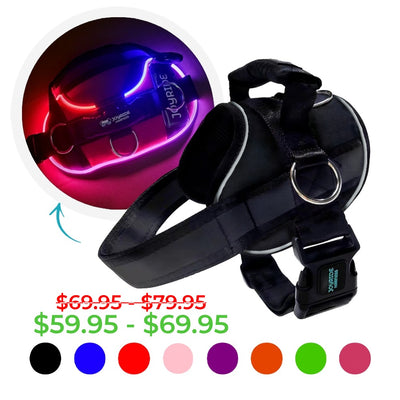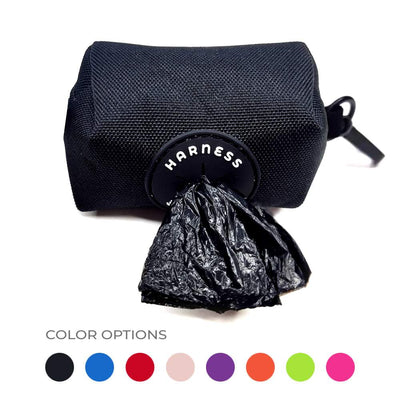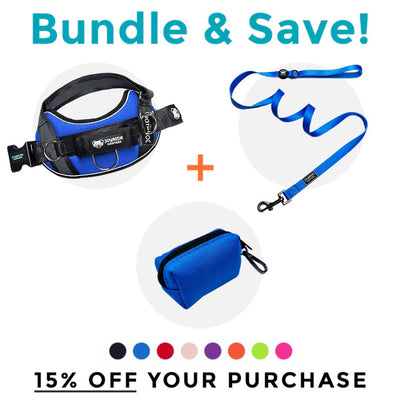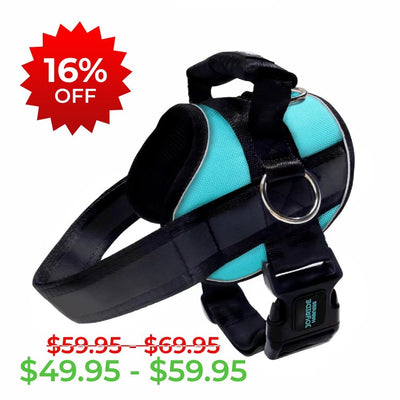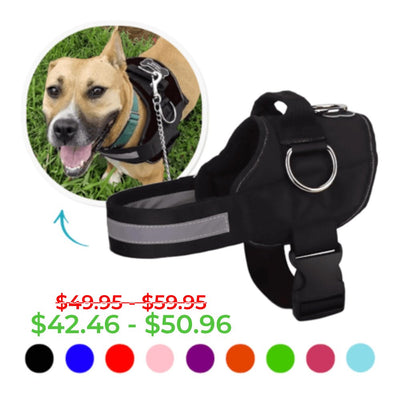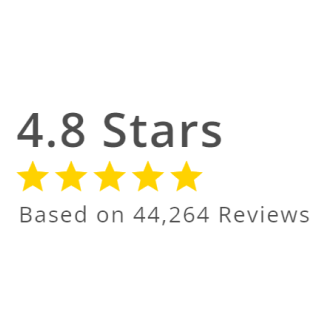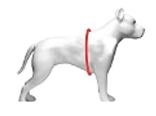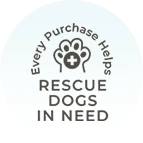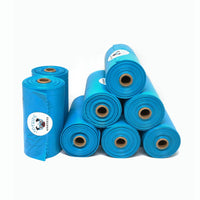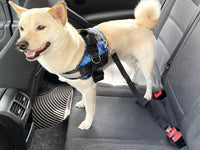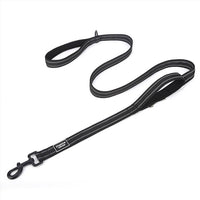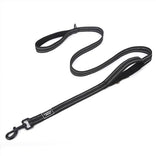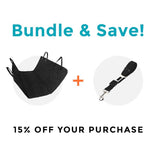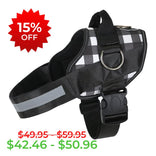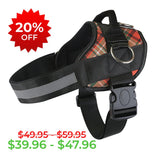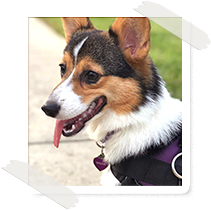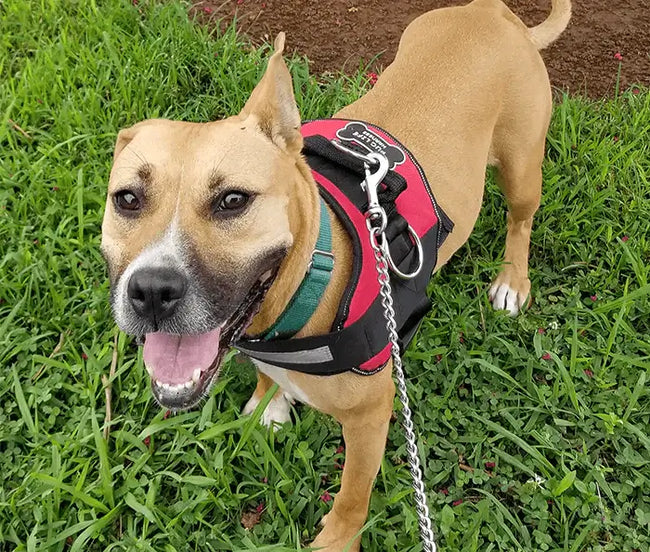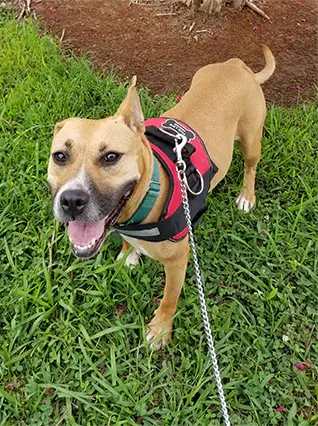5 Things You Should Know About Reactive Dogs

Dogs have a variety of personalities, just like people.
But, some personalities are not the easiest to work with.
One of these personalities is the reactive dog.
What is a Reactive Dog?
A reactive dog is one that overreacts to various stimuli. For example, this includes when a stranger knocks on the door and a reactive dog starts barking excessively and growling.
Reactive dogs are often confused with aggressive dogs, but they are not the same.
Dogs that are reactive overreact to certain stimuli or situations. Genetics, lack of socialization, insufficient training to learn self-control, a frightening experience, or a combination of these can cause reactivity, and fear is typically the driving force.
Reactive dogs have certain triggers, such as:
- Men with beards or hats
- Small children
- Situations when the dog feels trapped on a leash
In a nutshell: Reactivity is not a positive trait but it’s not the same as aggression. However, it can escalate to that.
So what do you need to know about reactive dogs? Here are five things.
1. Reactive Dog Behaviors
The best way to know if your dog is reactive is to identify its reactive behaviors.
The reactive dog behaviors include:
- Barrier frustration: Such as wanting to check something out but being unable to due to a wall or fence.
- Fear-based: An unfamiliar dog or person.
They may exhibit reactivity by:
- Barking
- Lunging
- Snapping
- Bouncing
- Twirling and flopping
- Rigid body
- Stiff tail (the tail might be straight up in the air and could even be wagging)
- Stare that you cannot interrupt
- Not responding to easy cues (such as his name, Come or Sit)
- Straining on the leash
2. What Are The Most Reactive/Aggressive Dog Breeds?
Every dog breed can have reactive dogs, but some are more prevalent to have this behavior than others.
All breeds except toy breeds were originally bred to perform a certain task. Herding dogs such as Border Collies were developed to spend their days in solitude, surrounded only by sheep.
Modern herding or guard dogs’ ancestors were never socialized to be social butterflies with large groups of people or dogs.
Now that we keep many of these previously hard-working dogs as pets, their original function and current use collide.
Australian Shepherds and German Shepherds are the breeds that owners experience the most reactivity with. Some breeders create dogs with thin patience and some owners do not invest sufficient time into socializing them. For dogs like these, it is critical to socialize them.
3. If The Dog You’re Walking Is Barking At Another Dog, What Should You Do?
Reactivity can be a total surprise. Your dog may be fine around other dogs so far and then suddenly lunging and growling at another dog.
What should you do if your reactive dog starts barking at another dog? You try the usual tactics but they aren’t working.
When this happens, it’s crucially important that you turn around and walk away briskly as quickly as possible.
Every second that your dog is antagonized, the danger grows, and the only way to stop it is to take it away.
4. How To Introduce A Reactive Dog To Another Dog
Studies have been done proving that introducing a reactive dog to other dogs can make them less reactive.
Before you do so, remember that you should not rush the introduction.
Once two dogs are off to a bad start, you will have a hard time fixing their relationship. It is much better to take any introduction gradually.
If you own a reactive dog and are going to be bringing it into a situation with another dog, you should start training weeks or months before you need to have the two dogs in one house.
You would begin with training in a wide, open space where there is a lot of distance between them.
5. How to Care for a Reactive Dog
Unfortunately, reactive dogs do not grow out of this behavior. They only change through consistent training.
If your dog is exhibiting extreme behaviors, you can do a few things to help.
Here are some things you can do:
- Mental exercise: Play games and give your dogs toys that exercise them mentally.
- Keep your dog on a schedule: Your dogs love schedules. Once you start them on a routine, you can start gradually introducing them to new things.
- Chew toys: One way to help make your dog relaxed is by providing plenty of appropriate chew items. And we aren’t talking about plastics or cloth items. Those can harm your dog. You should always give your dog chew toys made of animal parts.
- Appropriate equipment for walks: Items like harnesses help limit pulling and keep control over reactive dogs.
- Take your dog to a professional trainer.

